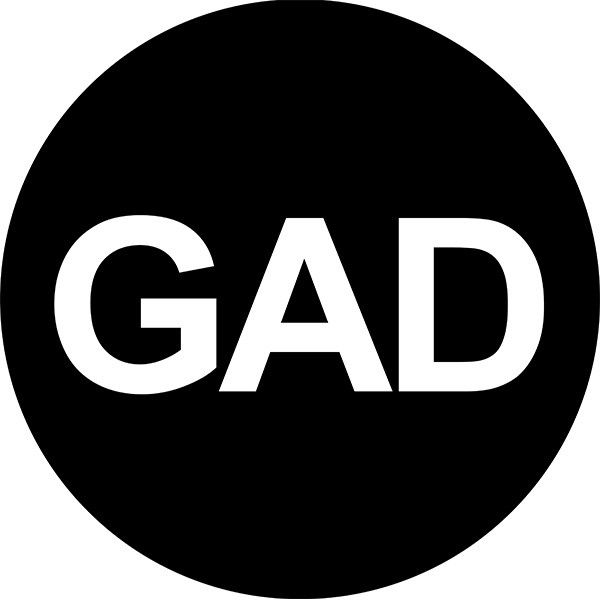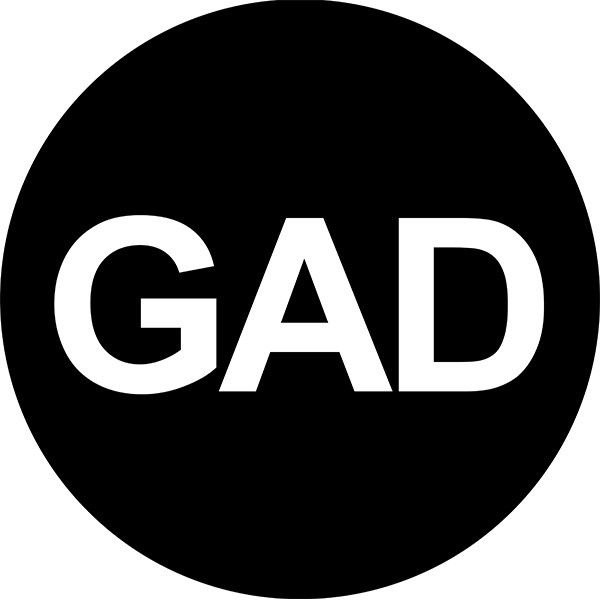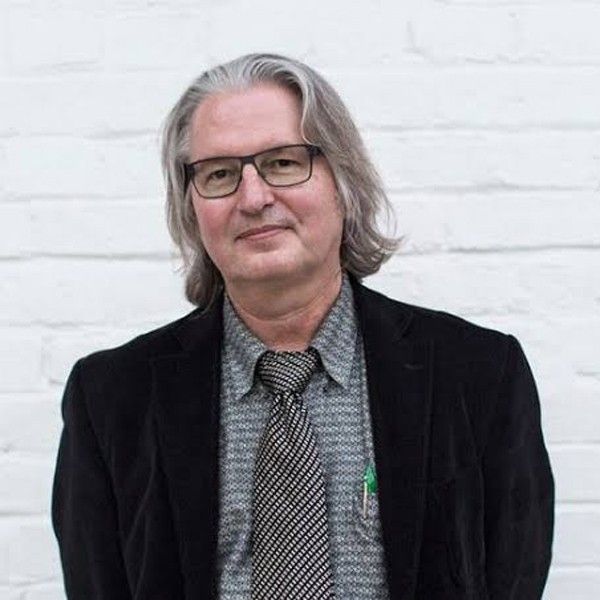Does Science Drive Fiction or Fiction Drive Science? – METAVERSE
Greek prefix “μετά”, “meta” meaning "after" or "beyond”, “more comprehensive" or "transcending”
the stem “verse,” a backformation from the word “universe”
Up to a period, the stories that have been set in various layers, beyond, back or forward in time, very few of them had an aesthetic quality, intellectual believability in the setting where the dialogues and the events took place. In time, the software programs, filters, post-production libraries and fast-forward scenes meld everything into one another in a dynamic time flow rather than allowing us to perceive the spaces and artificial reality makes this one dimensional but four-dimensional World believable even to us professional experts. So, can the limiting conditions of “the real world” we live in, be removed in this “multidimensional world”? Or is it confined to remain as a "fantasy world" solely hailed by its fans referring to a temporary period? Facebook recently changed its name to Meta, igniting debate about the metaverse and how it will affect social media and of course human relations. VR-based platforms like Second Life, iTechArt, Oculus VR, HTC, Unity, Magic Leap and many more have been orienting their financial assets mostly on the world of metaverse with their high-tech tools and these tech companies are discussing how they want to integrate with the metaverse notion and make a profit.
While such extraordinary developments were flourishing, the idea of Metaverse and related concepts had already become a significant part of literature through stories, movies and games. Let’s remember Jules Verne’s from “the Earth to the Moon” and "Twenty Thousand Miles Under the Sea”. Jules Verne, a well-known French author, wrote these sci-fi books which are ahead of his time. When he wrote these novels, it was approximately 200 years ago. Or Nobel prize author Orhan Pamuk opened the Museum of Innocence (based on his novel of the same name), consisting of fictional stories and memories, and it is influentially the manifestation of the fictional side of literature. Or writer Neal Stephenson's use of the term "metaverse" in his 1992 sci-fi novel "Snow Crash," which envisions a virtual reality-based successor to the internet. In the novel, people use digital avatars representing themselves to discover the virtual world and interact with each other imagining a 21st century where humans are somehow connected to a shared virtual universe. With its futuristic vision and style, William Gibson's ground-breaking award-winning book Neuromancer (1984), cannot be said to be much different than today’s virtual world. Then, here comes the movies and TV series where we are thrilled by virtual world and humans live in a virtual reality created by artificial intelligence, unaware that this is not the real world. Wachowski Brothers’ 1999 – Matrix and Steven Spielberg’s 2018 – Ready Player One (based on Ernest Cline's 2011 book series with same name)! Or LOST and Black Mirror TV series…They take their readers on a wonderful journey to his astonishing world and intriguing nature of Metaverse. Thereafter, online platforms that started with MMORPG, MUD1, NSFNET, Runescape and developed with multiplayer games with multiple users such as Fortnite, Roblox, World of Warcraft, Second Life… It is believed to have evolved through the catalysis of different interfaces such as mythology, philosophy, architecture, art, mathematics and literature – Metaverse – is “a hypothetical iteration of the internet, supporting 3D environments via virtual and augmented reality devices alongside traditional computers; a universe created by the complex integration of many digital platforms and tools”… Cryptographically chained and secured data systems emerged with blockchain technology and decentralized finance, production and supply chain systems in Web 3.0 ecosystem... The system where the digital architecture turns into shared platforms using code-generated interfaces such as IoT, VR, AR, XR, additive manufacturing, parametricism… The field of art’s transformation into NFT art galleries and the trade of these works of art with digital currency or cryptocurrency… The way of grounding digital and social media, art, architecture, entertainment sector, behaviours, relationships, sometimes in cm² and sometimes in m²… of “ethical carefree”. Our question will always exist as long as human life too. So, does science drive fiction or fiction drive science?
Read article called “Metaverse Evreninde Mimarlık” by Baran Gülsün, Milliyet Mimarlık, Mart 2022, Sayı 15.
Read internet article called “Pop Culture and the Metavers” by Jon Radoff, Building the Metaverse, June 2021



